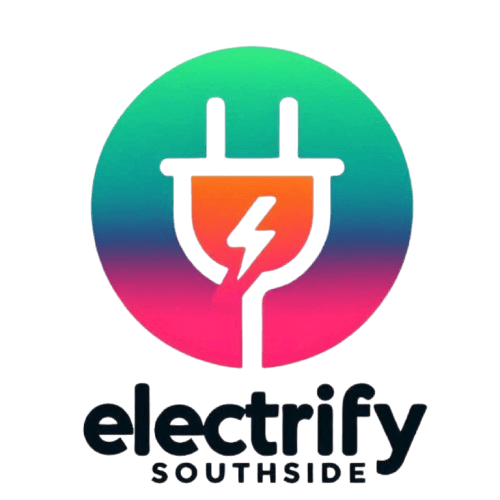How Electrification Can Change the Face of Melbourne's Non-Profit Sector
Introduction to Electrification in the Non-Profit Sector
Electrification is transforming industries across the globe, offering innovative solutions and sustainable practices. In Melbourne's non-profit sector, this shift towards electrification is particularly poignant. By embracing electric technologies, non-profits can enhance efficiency, reduce costs, and amplify their impact on the community. This blog post explores how electrification can significantly change the face of Melbourne's non-profit sector.

Reducing Operational Costs
One of the most immediate benefits of electrification for non-profits is the reduction in operational costs. Switching to electric vehicles (EVs) for logistics and transportation can lower fuel expenses dramatically. Additionally, adopting solar panels and battery storage solutions can reduce electricity bills, allowing more funds to be directed towards mission-critical activities.
Non-profits often operate on tight budgets, and any cost savings can be reinvested into programs and services. By reducing reliance on fossil fuels, these organizations can also minimize their carbon footprint, aligning with environmental sustainability goals.
Enhancing Accessibility and Outreach
Electrification enhances accessibility and outreach capabilities for non-profits. Electric buses and vans can provide affordable and reliable transportation options for community programs, senior services, and outreach initiatives. This not only extends the reach of services but also ensures inclusivity by removing transportation barriers for those in need.

Moreover, electric-powered devices and equipment enable non-profits to host events and workshops without worrying about noise pollution or air quality issues, creating a more welcoming environment for participants.
Improving Energy Efficiency
Electrification is synonymous with improved energy efficiency. By integrating smart energy systems, non-profits can monitor and optimize their energy usage in real-time. This ability to track consumption patterns helps in identifying areas where energy efficiency can be enhanced, ultimately leading to further cost savings and a smaller environmental footprint.
Furthermore, energy-efficient buildings not only lower utility bills but also create healthier work environments for staff and volunteers, which can improve productivity and satisfaction.

Strengthening Community Engagement
Non-profits that embrace electrification often find themselves at the forefront of community engagement. By showcasing commitment to sustainability, these organizations can inspire volunteers, donors, and partners to participate in eco-friendly initiatives. This fosters a sense of community responsibility and encourages collective action towards a greener future.
Moreover, educational programs focused on sustainability and electrification can empower communities with knowledge about the benefits of renewable energy and energy conservation practices.
Overcoming Challenges
While the benefits of electrification are significant, non-profits may face challenges during the transition. Initial costs for new technologies can be high, requiring strategic planning and investment. However, government grants and subsidies are often available to support such transitions, making it feasible for organizations to switch to electric solutions.

Additionally, building partnerships with local businesses and stakeholders can provide support and resources necessary for successful electrification efforts.
Conclusion
Electrification presents a transformative opportunity for Melbourne's non-profit sector. By reducing costs, improving efficiency, and fostering community engagement, electrification enables non-profits to enhance their impact while contributing to a sustainable future. As these organizations continue to embrace electric technologies, they pave the way for a more resilient and environmentally conscious community.
